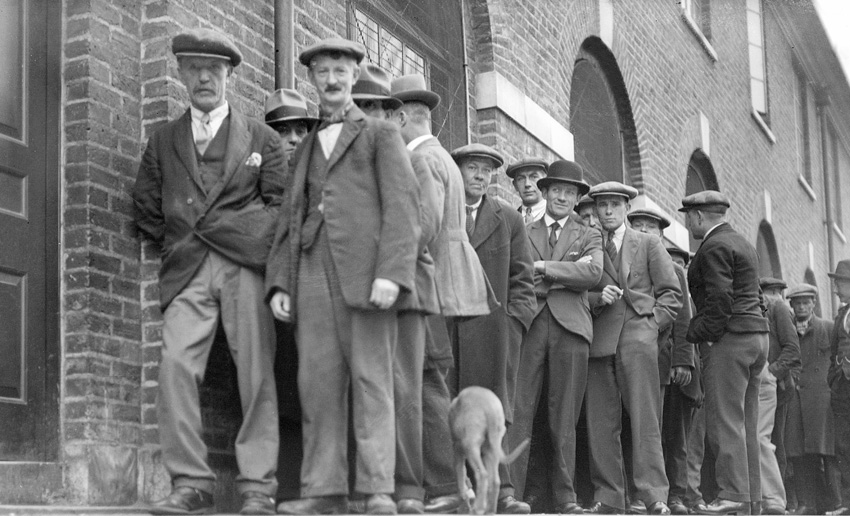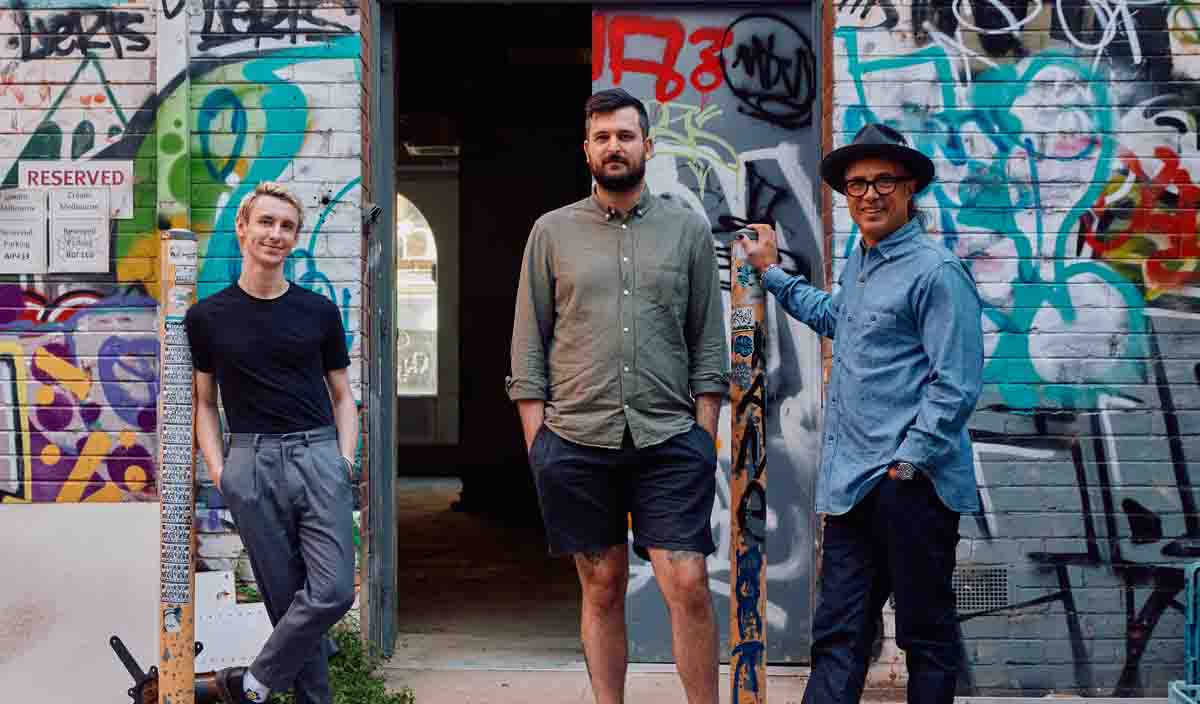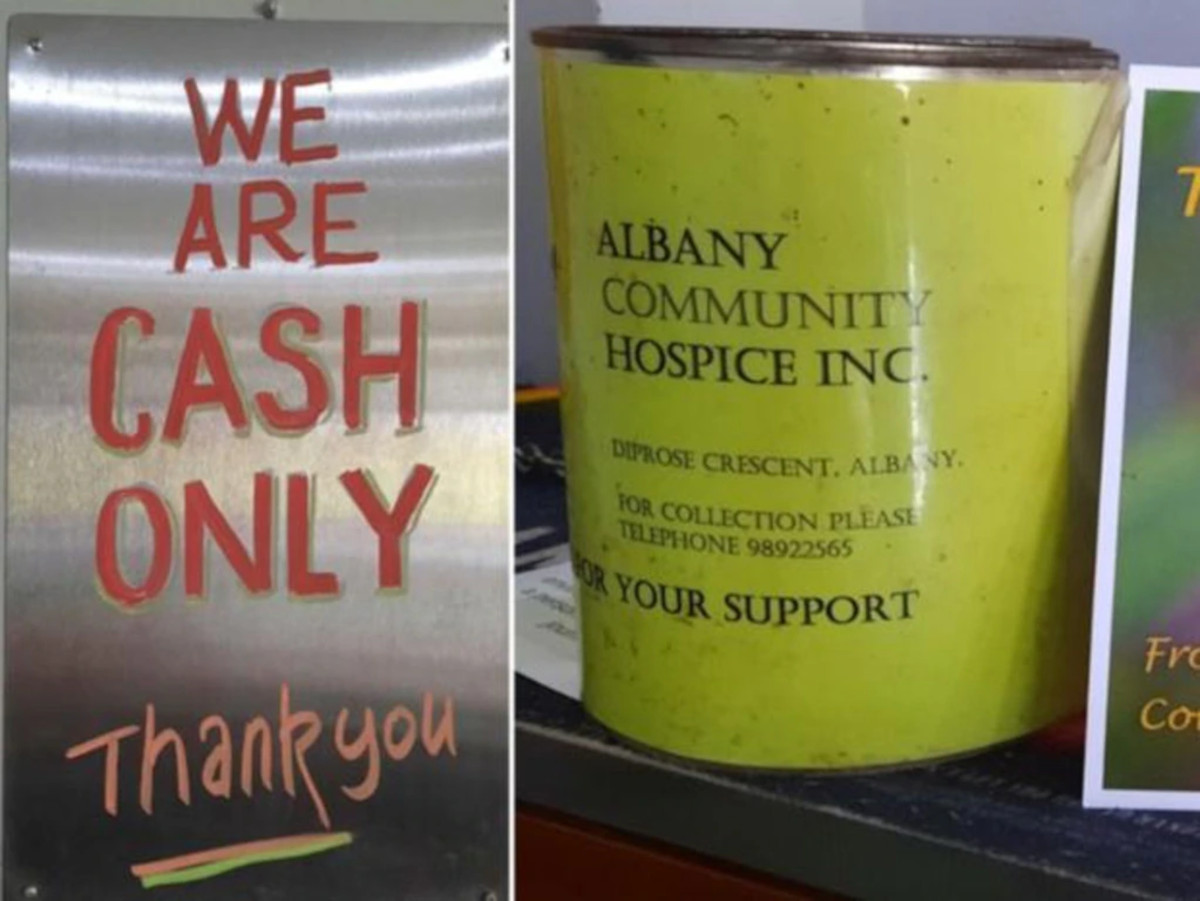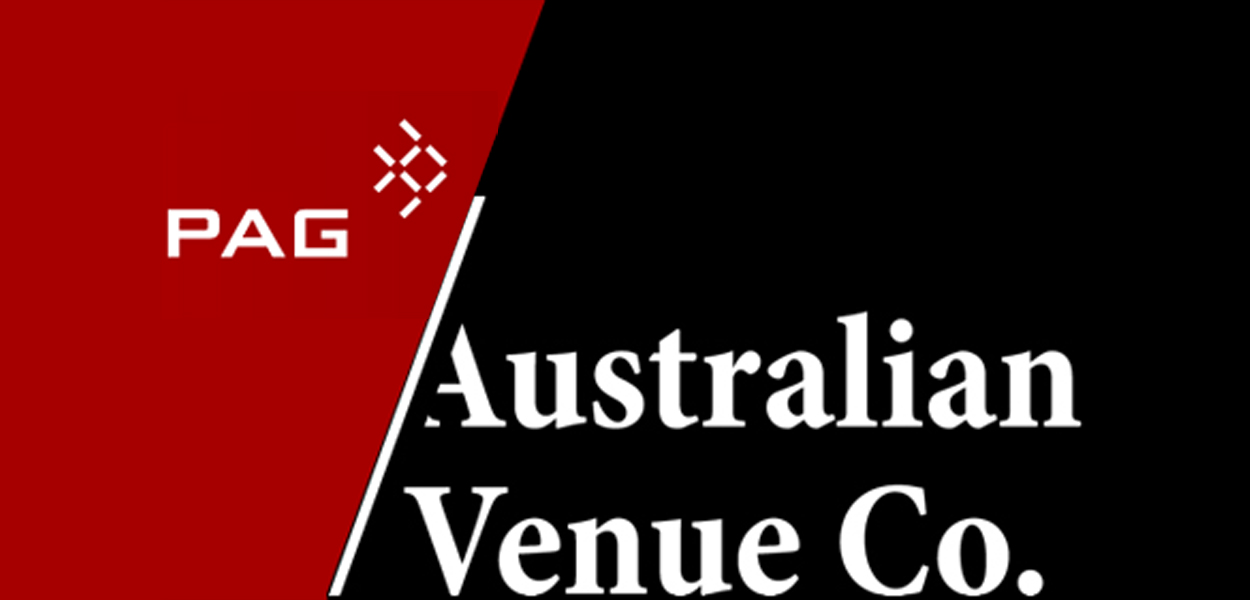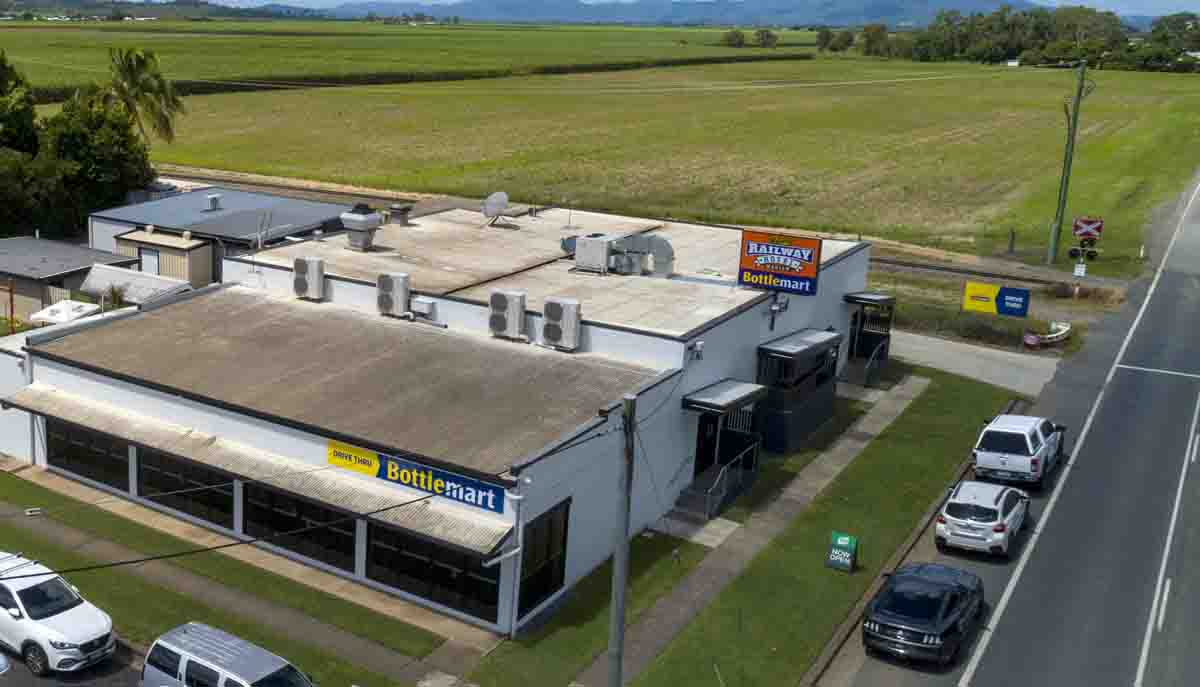Faced with a pending summer of pent-up demand and falling unemployment figures, pubs around the country are working to find workers in the great hospitality staff crisis.
Anticipating extraordinary demand over the warmer months, Australian Venue Co has launched an ambitious new recruitment drive to fill 500 jobs. AVC is targeting Australians abroad who want to return home, and UK chefs, offering to pay moving costs and contribute to the cost of an Employer Sponsored Visa.
Successful applicants will have their flights to Australia paid, plus hotel quarantine and two weeks of rental accommodation, and receive a $1,000 drinking and dining voucher. Paid training will start online during the quarantine period, so they “can hit the ground running”.
“It’s been incredibly difficult for many Australians to get home, so we’re excited to support a pathway home for Aussies abroad who have hospitality experience,” says AVC CEO Paul Waterson.
The recruitment drive is looking to cover vacant positions for experienced bartenders, chefs and managers, as well as plenty of roles where no experience is required.
Many operators are reporting serious shortages in staff levels, and fear they will not be able to offer full services when all restrictions are lifted.
Despite the disruption to businesses brought on by the COVID-19 strategies, the official unemployment rate has been falling for months. In June it fell below five per cent for the first time since before the GFC of 2008, and in July it fell further, to 4.6 per cent.
It was widely expected the jobless rate would go up in August, but although ABS data shows ‘total hours worked’ fell 5.6 per cent, unemployment also dropped again, to 4.5 per cent.
The unexpected results have made a strong case against relying on the unemployment rate as an indicator of available workers, however the underlying cause can be somewhat explained by the methodology of employers through shutdowns.
When COVID flared again in NSW and Victoria, many employers compensated by reducing hours rather than laying staff off. NSW saw the brunt of the downturn, finding hours worked down 11.8 per cent since May, which is greater than experienced during the 2020 lockdown, quashing the total by 9.9 per cent.
But significantly, the number of people being counted as employed in NSW also fell, by 173,000. This has been true in Victoria and Queensland too, following lockdowns, but the greatest shift was in NSW.
Much of the fall in employment levels – without an increase in the official unemployment stats – can be attributed to people giving up looking for work during the lockdowns. This number was reported in August at around 168,000 workers, which more than accounts for the lower unemployment figure.
The ABS reports the workforce reduction has been strongest in young people, aged 15 to 24, and women. This is likely due to these demographics’ greater affiliation with businesses most affected by lockdowns, such as hospitality.
This fact could be of great benefit to venues, who will be looking to reemploy many of these displaced adolescent and female workers.
AVC is one of many groups sensing the onset of “consumer demand unlike anything the industry has seen before” coming as a result of pent-up post-lockdown impatience, border openings, relaxed restrictions and high vaccination rates ahead of government promises.
Waterson has dubbed the season ahead “The Summer of Fun”.
“Australians – particularly those in Sydney and Melbourne – are absolutely overdue a good time.
“We see huge demand every time we come out of lockdown, and we expect this summer to be even bigger. People are ready for some fun!”
